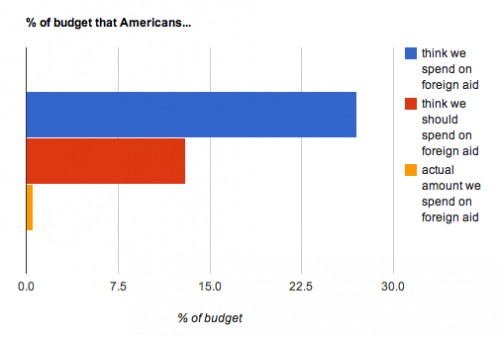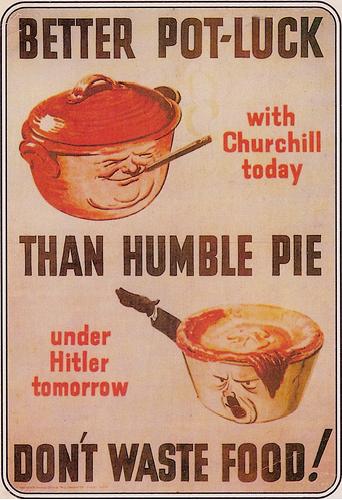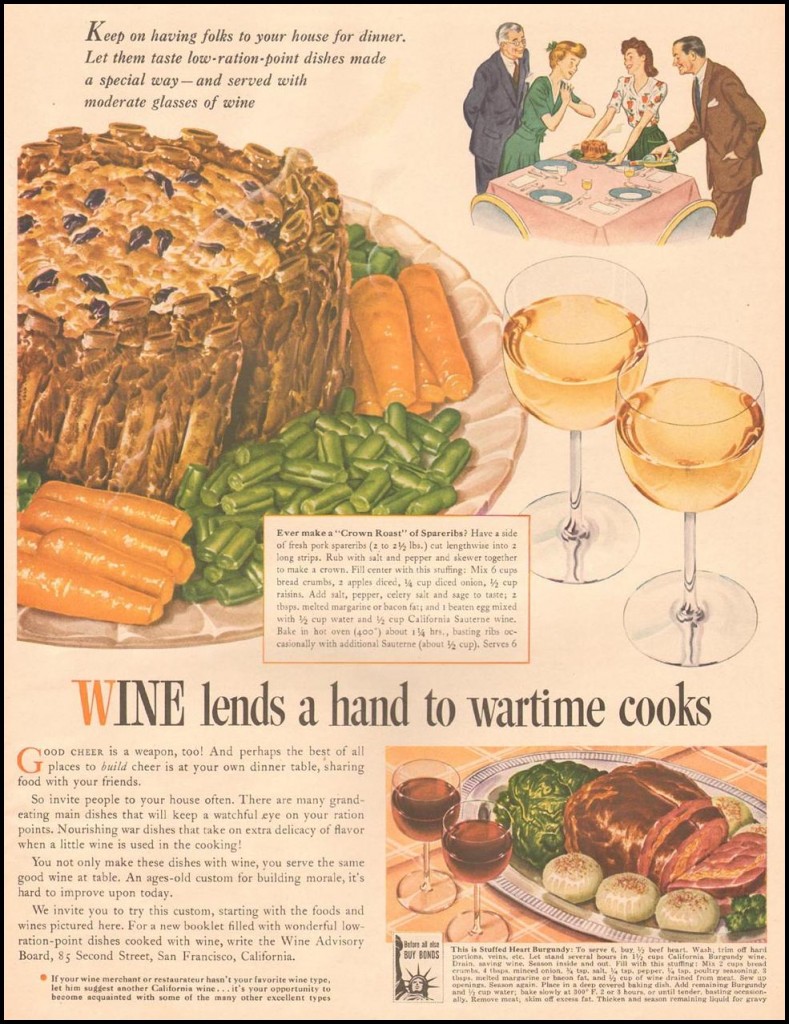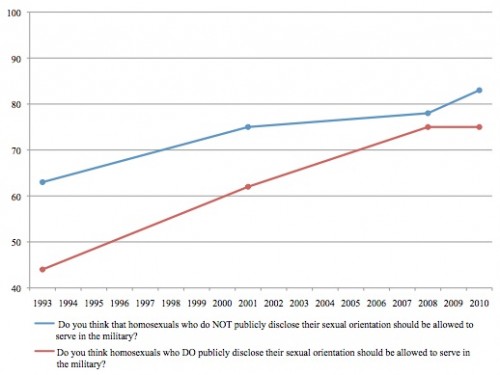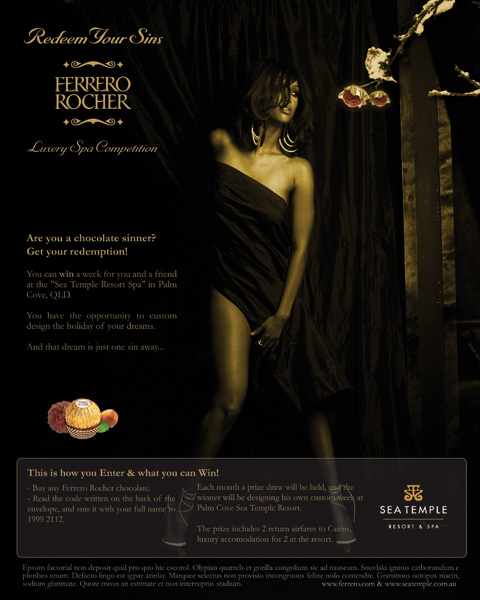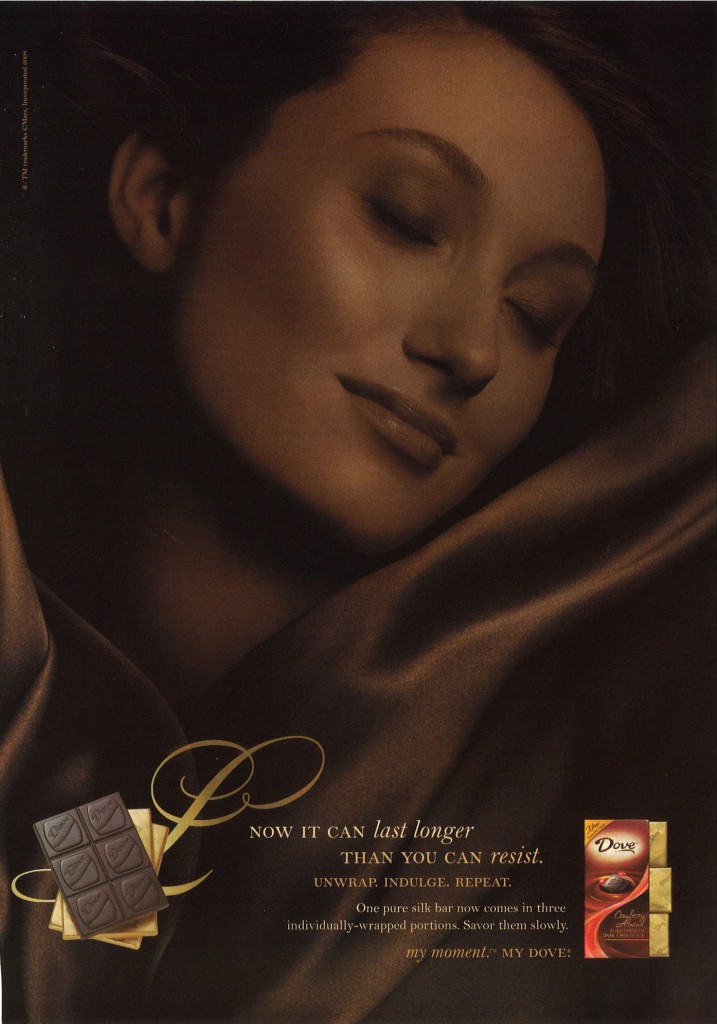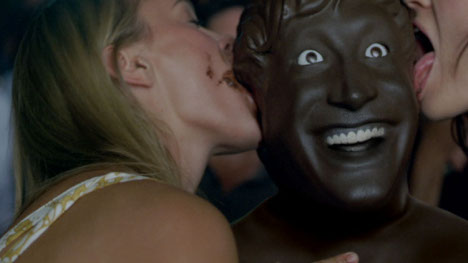Abi, a professor of Materials Engineering at the Indian Institute of Science, pointed out an interesting graph posted by Ezra Klein at the Washington Post. The graph, using data from a survey of public opinion about the U.S. budget, shows how much of the U.S. budget respondents believe goes to foreign aid, how much they think should go to foreign aid…and how much actually does:
The actual figure? 0.6% in 2009.

